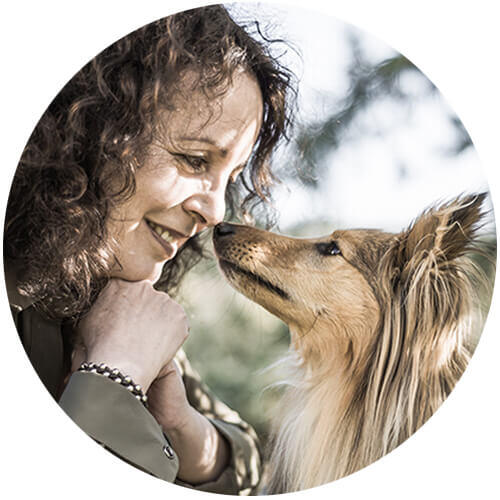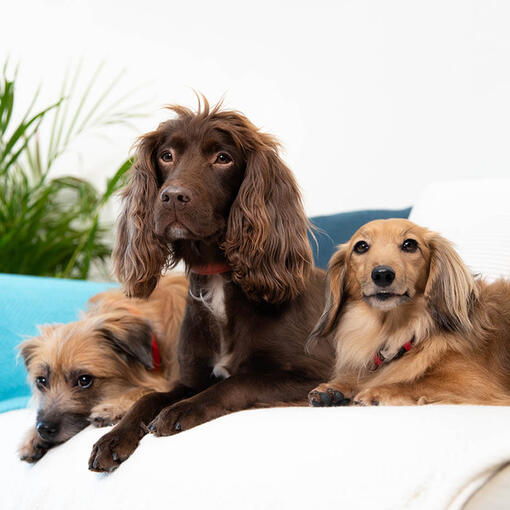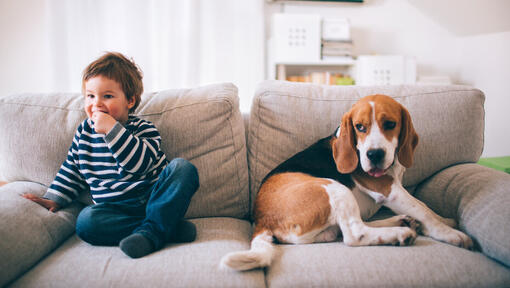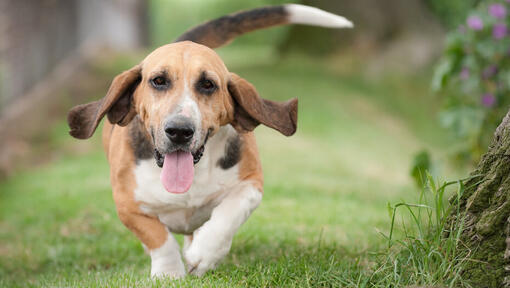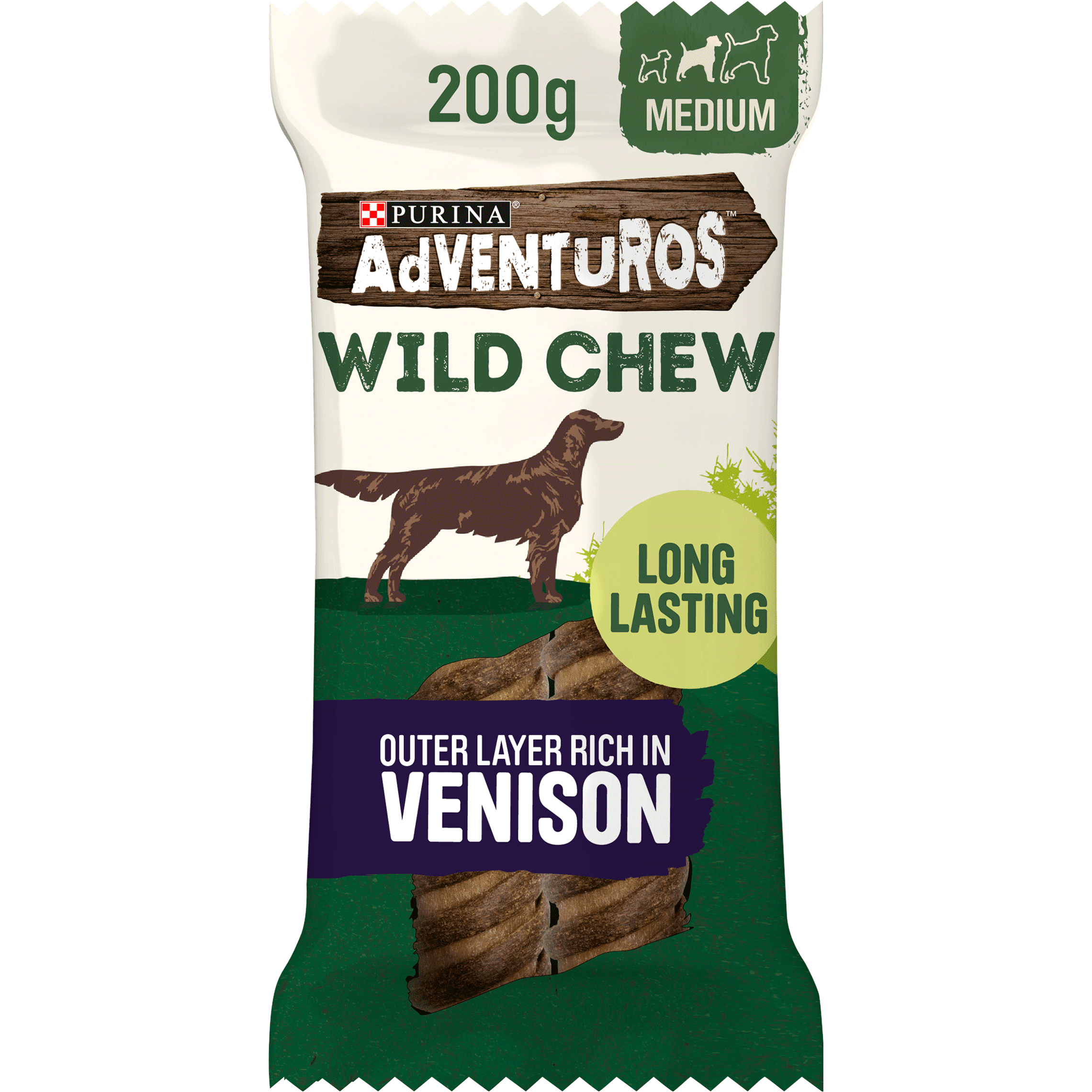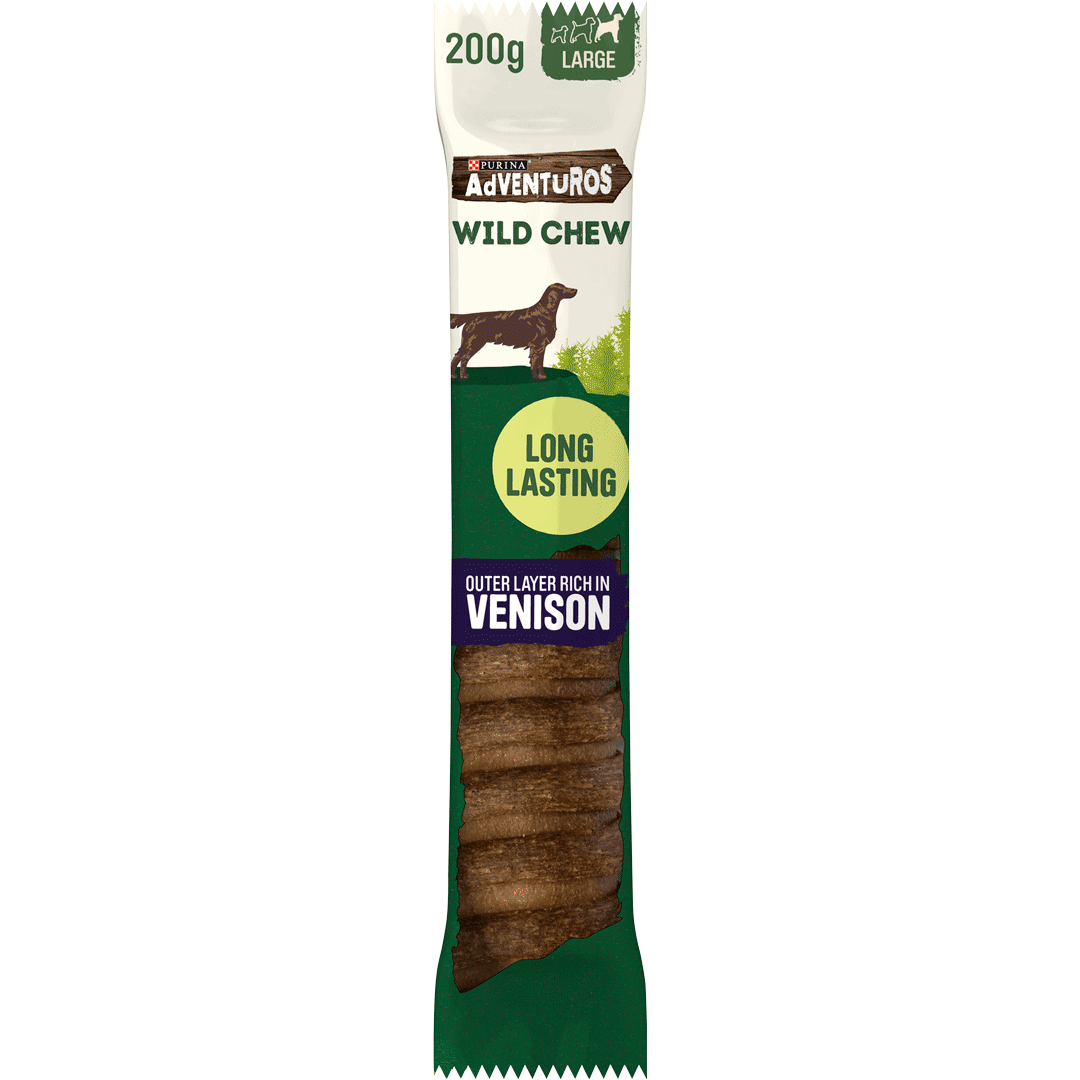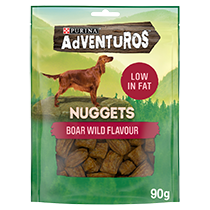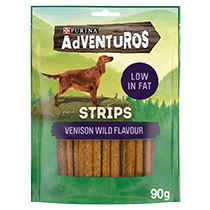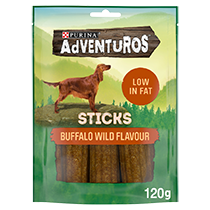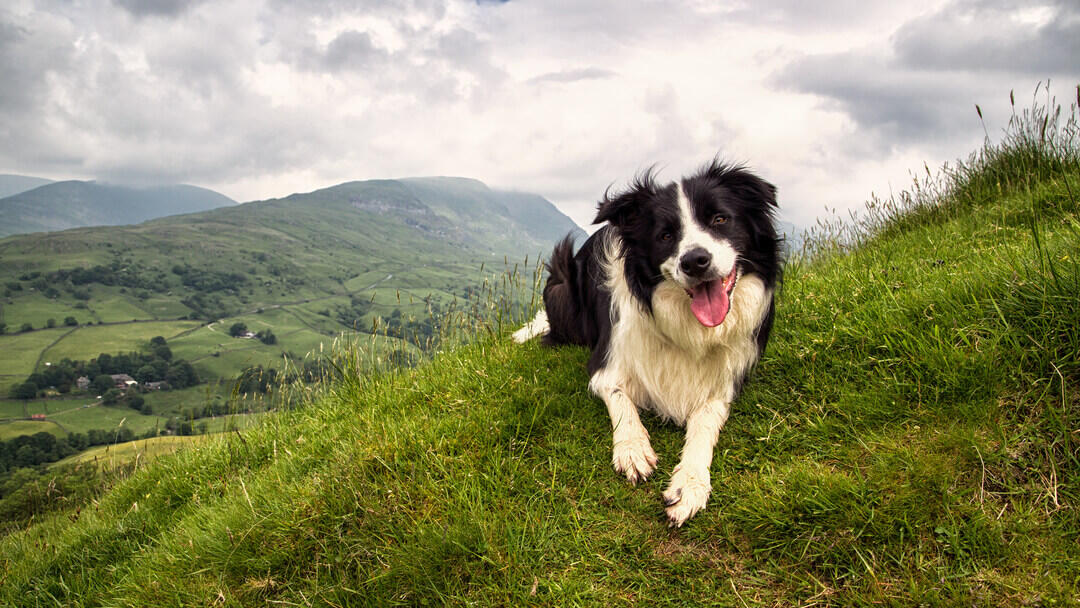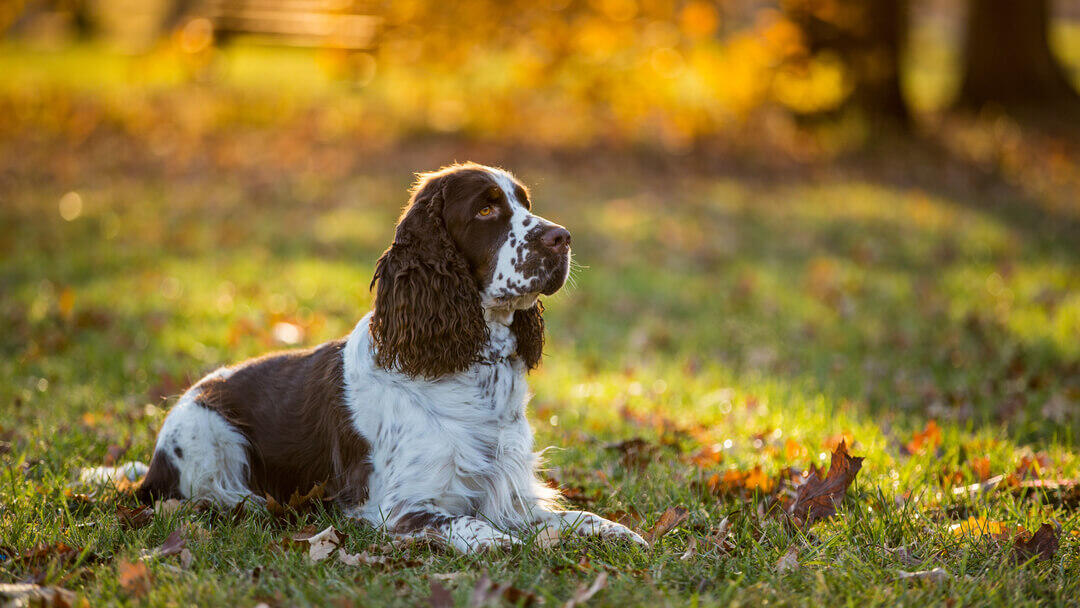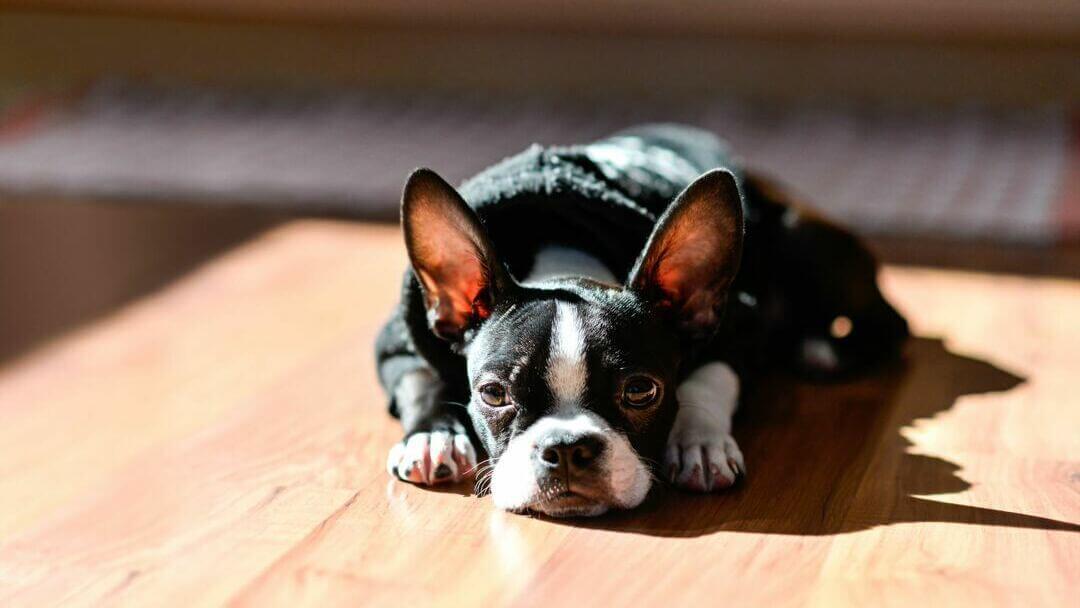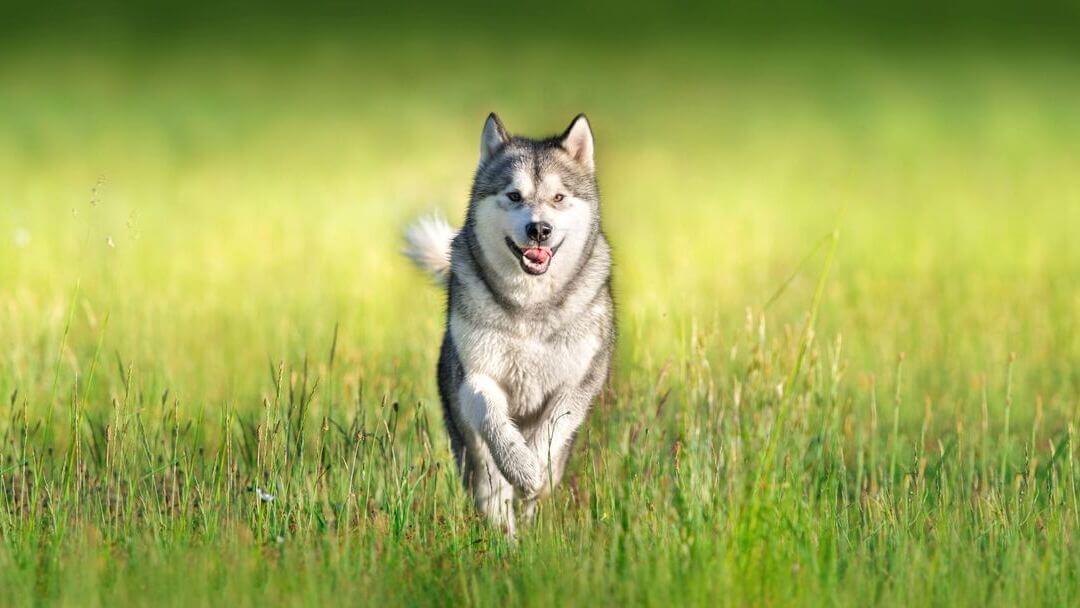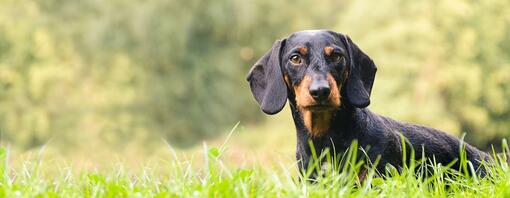
Take a deep dive into the hound dog breeds world and discover the behaviour and personality that makes them such beloved family members. From giants to dainty dogs, this group has got them all.
From the majestic Afghan Hound to the miniature stance of the Beagle, hound dog breeds have stolen our hearts for generations. If you're thinking of bringing one home, there are a few things you need to know. With profiles that include various sizes, personalities and instincts, here are the hound breeds in a nutshell.
A hound dog's job
The hound dog breeds group consists of dogs who were developed to help humans with hunting either on horseback (generally the longer-legged hounds dogs) or on foot (the shorter-legged hounds). They do this in two very distinct ways - either using their keen eyesight or else by following a scent. Some of these hounds are pack hound who work in a group while others work individually.
Scent hounds
Scent Hounds, as their name suggests, love to follow scent trails even over long distances. They love searching for things as part of their playtime, and with their impressive stamina they're the perfect companion for long walks. Scent hound breeds are also keen to go searching for objects hidden around the home and garden at the end of scent trails, which means lots of fun and games for you both. They enjoy carrying soft toys, but may not respond particularly quickly to training or even be that interested! They normally have pendulous ears and a smooth or wiry coat.
Sighthounds
Sighthounds are playful, high speed sprinters who love to chase and, as their name suggests, hunt by sight rather than through their noses! If you have a sighthound, allowing them to exercise their natural instincts is an important part of their unique care. Sighthounds love to run, occasionally setting off on very fast sprints that leave you behind! Physically, your sighthound has an athletic, slender and streamlined shape with proportionally long legs and a long, narrow face with close-set, forward-pointing eyes. Although generally quite placid and relaxed indoors, your sighthound is constantly looking out for moving targets to chase outdoors - it's all part of the fun for such a fast-moving dog!
Unlike Gundogs, hound breeds don't retrieve fallen game to their handlers and work far more independently. They were very much the preserve of landowners and nobility (and sometimes poachers!) with most coming from Europe (especially France) although some hail from the Americas or the Far East.
Hound dog sizes
Hound breeds come in a variety of sizes and shapes - from the miniature Dachshund who is the smallest (although they may be more terriers than hounds) to the giant Irish Wolfhound.
So if you think a hound dog is the companion for you, there is always a size that will happily fit in regardless of your available indoor or outdoor space.
The natural instincts of hound breeds
Like all working breeds, hound dogs utilise their natural canine behaviours to do the jobs that we humans have developed them for. Hounds are specialists in locating their prey with either their keen eyesight or their incredible noses, then stalking/chasing them, often at high speed before catching and killing them (or holding them until they can be killed).
Although your hound dog doesn't have to hunt for food anymore, their predatory instincts haven't gone away. Owners have to be aware that not only do their dogs enjoy carrying out these behaviours, they need an outlet for these hard-wired instincts to stay healthy and happy. This doesn't mean you need a country estate so you can take your hound out hunting every day - but you will need to accommodate their desire to run, and in the case of scent-hounds, use their noses.
Hound dogs' behaviour and personality
In order to do their job successfully, a hound breed needs certain key skills that owners will soon see reflected in their dog's personality.
Single-mindedness
Once a hound dog sees or scents its quarry, they must follow/chase them without being distracted by anything in their environment. For owners who don't understand this characteristic, they can find it endlessly frustrating that their dog will often totally ignore them if they find a great scent or see something in the distance. Coming back when called will be a challenge for most hound breeds. This isn't them intentionally ignoring their owners but being selectively bred to ignore any distractions when they are working.
Independence
A hound dog will usually work at a distance from their owner following their own instincts rather than obeying commands. Their independence means that many are more tolerant of short-term owner absences than other breeds, as long as they are gradually habituated to periods of being home alone. However, this doesn't mean they should routinely be left alone for long periods.
Relatively quiet
Most hound breeds show their affection quietly, so expect plenty of slobbery kisses and less excited barking when you come back home.
Sprinters, long-distance runners or couch potatoes
In the case of sighthounds, long periods of inactivity will be punctuated with fast sprints in pursuit of their quarry. The scenthounds will be happier running steadily for hours at a time. But when not working, most hounds are, at heart, pretty lazy and love home comforts.
Experts in scent work
In the case of scenthounds, expect an excellent sense of smell and a joy of following a scent. Hounds need space for free running or to indulge their love of scent work. Scenthounds can be happy with long on-lead, nose-down walks in the countryside.
Not always fastidiously clean
Some hound breeds can have a bit of a 'dog smell' to them, while others just love rolling in things that owners would rather they didn't! Others however (often the sight hounds) are fastidiously clean.
Is a hound breed right for you?
Should you expect a sociable, low-maintenance dog that picks up training on the fly or the opposite? Here are a few things to keep in mind when deciding whether a hound dog is the companion for you.
Sighthounds exercise needs
Sighthounds need far less dog exercise than people think but they do need free-running exercise. This can be problematic for many owners as they will often ignore everything with the thrill or the chase or the joy of running, and so recall can be a serious issue. Owner will need a large, enclosed, safe area for this – so a large garden or access to a fenced field or other enclosed area.
Sighthounds are the short-distance, high-speed sprinters of the canine world, which is why this dog loves to take off suddenly. They hunt by sight and are spurred to chase fast-moving objects. Surprisingly, they do not need a huge amount of exercise; it is the type of exercise, rather than the duration, that is important.
Greyhounds, for example, are sometimes known as the ‘60kph couch potato’ as their short, intense bursts of running are broken up by hours of content snoozing! Two 20-minute walks a day can be enough for these dogs, provided they can run free in a safe, flat area with no nearby roads to pose danger.
Despite their hunting tendencies, your sighthound should be a pleasure to exercise and can easily be trained to walk to heel. Make sure to keep a good hold of their lead though, as a surprise cat encounter, passing cyclist or jogger can trigger their chase instincts without warning. Your sighthound might run flat-out, their enthusiasm making them deaf to your calls, until the chase comes to a natural end. Your sighthound probably isn’t being mischievous, just doing what they’ve been bred for - so teaching a good recall is essential to prevent unexpected adventures!
Scent hounds exercise needs
Scent hounds are more about long pursuits of scent – and so prefer long walks with lots of opportunity to use their noses. They are equally single-minded though and have similar problems with recall however. Scent Hound breeds love the great outdoors and generally have a lot of stamina, having been bred to follow long scent trails. Unlike Sighthounds, which are short-distance, high-speed sprinters, Scent hounds can best be compared to marathon runners – they’re happy to trot or run along steadily for hours at a time, so lovely long walks are a must for these breeds.
Good luck with this one! Hound dog breeds view training as a dark art so owners will need to be patient, consistent and find a way to motivate and reward a dog whose greatest joy is sniffs or chases. Spending time with a hound as a puppy teaching a Watch Me, will pay off when they are older.
However, just because dog training is a challenge, it doesn’t mean owners shouldn’t try. Some hound dogs do take to training well and some have even competed in agility – and working with scent hounds on nose-work is a joy for both dog and owner where both can succeed and have a lot of fun.
A hound dog will often appear more aloof and independent than other breeds – and usually less demonstrative. This doesn’t mean they bond to their owners any less, just that they show their love from a comfortable distance! As always however this varies within the breeds and individuals.
Sociability with other dogs also varies with the breed. Some are pack hounds who love living, working and being with other dogs while others are loners. Not likely to be safe with cats (especially unknown cats) and small furries. For more information on socialising your puppy, check out our in-depth article.
Most hound dog breeds are fairly low maintenance when it comes to grooming with some needing little more than a wipe over with a cloth. You can find out more about puppy grooming from our easy guide.
Usually quiet – although some of the pack hounds do bay.
Most hound breeds are happier sprawled out on front of a fire or on a sofa than lying on their owners – but there are, as always exceptions and some are more than happy to use their owner as a pillow. In most cases, they are not the kind of dogs that will get involved with children’s games or family activities, preferring to watch from an amused distance.
Playing with your Scent Hound
‘Hide and seek’ is one of many great games for scent hound breeds that you can join in with yourself! It also helps develop their recall training, especially as their recall response can quickly deteriorate when on walks that are full of interesting smells that you hadn’t planned for!
Playing with your dog in less stimulating places and rewarding them for finding you during ‘hide and seek’ games can help them stay more focused on you. The better your dog’s recall training, the more you can let them off the lead to follow scents without the risk that they might disappear, oblivious to your calls. Your dog doesn’t meant to misbehave, but sometimes natural instincts, and the temptation to follow them, become too much to ignore!
There are other games that your Scent Hound can play that use their infamous tracking skills. Following a scent trail – or Scent Hound ‘Tracking’ - is a sport in its own right in some countries, including the US. In the UK, Tracking is one of the activities tested in Working Trials - a canine sport that is the pet owner’s equivalent of police dog work. During the Trials, dogs are judged on their agility, obedience, scent detection and following abilities. If you are interested, breed clubs should be able to point you in the direction of your nearest training class.
Scent hound breeds also enjoy a game of ‘fetch’, which is a good way of helping reinforce the recall command. Throw a toy into long grass and, when your dog finds it, call them to you before greeting them with lots of praise and a treat.
If you want to try running with your dog, given their need for long periods of exercise, Scent Hounds may make good jogging companions. They will trot beside you on a lead for miles at a time. However, always make sure they are given opportunities to rest and drink when needed – after all, it’s not so easy for them to just tell you!
Chase games and scenting games can increase the bond between a hound dog and their owner – and indeed very few scenthounds are given an outlet to use their incredible noses. Check out our top tips for playing with your dog.
Playing with your Sighthound
Finding safe, suitable places for fast dogs to exercise away from your own garden can be difficult. Some breed organisations hire Greyhound race tracks for fun racing days, and watching Afghans or any sighthounds sprinting around a track at full speed is quite an unforgettable sight! Find a safe, dog-friendly beach or nearby field to exercise, play ‘fetch’ and practise recall training - all great forms of sighthound exercise, too. Why not buy a ball-thrower to increase your throwing distance and give your dog more of a chance to reach top speed?
Sighthounds can also be quite cat-like in their play, stalking, chasing and pouncing on their toys. Attach a toy to the end of a length of rope and then encourage your dog to chase it - you could even attach the rope to the end of a solid pole, such as a broom handle, to make a more robust canine version of a cat’s fishing-rod toy.
The hound dog owner checklist
You could be the perfect owner for a hound breed if:
- You want a quiet, clean, elegant companion who when not out and about, will happily relax in front of the fire.
- You don't want a dog who is traditionally obedient but you will enjoy investing time and energy in the things that they excel at.
- You live in a rural location and have safe, secure areas to exercise your hound where their selective approach to obedience isn't a danger to them or others - or you are prepared for very long daily on-lead walks.
Bonding with your hound dog
The bond between you and your hound can be strengthened in many ways. Exercise - especially a chance to use their incredible nose on long country walks (scent hounds) or opportunities to run safely in a secure location (sighthounds) is the first of these.
Then after suitable exercise, your hound will love sleeping at your feet, in front of the fire or on the sofa beside you. Most will also enjoy stroking and gentle, relaxing grooming sessions.
Bonding with your Scent Hound
Like most hounds, who were originally bred to hunt in packs, your Scent Hound will usually be sociable with other friendly dogs and particularly enjoy canine company. If you have two or more Scent Hounds in your home, they are likely to play with each other and be less reliant on you to provide entertainment. The downside is that there will be more noise when they're playing together, as scent hound breeds like to bay, and one dog barking or howling can soon set off the other! Training will also be more time-consuming, so it is important to train each of your canine friends individually in order to establish a strong bond with them.
The bond between you and your Scent Hound can be strengthened in a number of ways: play, training and exercise are all great for your dog's emotional and physical health, but they'll also love just spending time together. If your dog's been adequately exercised - mentally and physically - a Scent Hound will enjoy simply snoozing at your feet in the evening while you read or watch TV.
Your dog will also enjoy being stroked and brushed all over. Daily grooming will also ensure that any debris picked up from forays through the undergrowth is removed, and that any coat and skin-related health issues can be noticed and treated early on. As well as that, the act of stroking and gentle brushing will be relaxing and strengthen the bond between you.
Bonding with your Sighthound
Sighthounds can appear less openly affectionate than other breeds, but they usually form close, loving bonds with their family. They might not be as overtly affectionate as a tail-wagging, present-carrying Labrador, but that doesn't mean the attachment is any less; a Whippet's temperament may seem not as enthusiastic next to a Retriever's, for example but that's because they have a sighthound's unique personality! Your dog will enjoy physical contact with you and may prompt you to stroke them by leaning against you, or enjoy sleeping with their head on your feet or lap (which keeps you warm, too)!
Your sighthound can form close bonds with other dogs, although toy dogs might trigger their hunting instincts if they act too much like fast-moving toys. As some of the fastest dogs, don't be surprised if your sighthound becomes overenthusiastic and wants to give chase! Cats and even house rabbits can all live happily in homes with sighthounds, but it very much depends on whether they have been raised together and how carefully they are introduced and supervised. If you want a sighthound puppy and have cats, make sure your pup has grown up with cats in a breeder's home to give you the best chance of a successful introduction. Even then, a good deal of careful training and vigilance are required once the pup arrives home. Be very careful if considering taking on a rescue sighthound if you already have cats or small dogs, and perhaps seek the advice of a behaviourist on referral from your vet to help you introduce them.
Feeding your hound dog
Feeding Scent hounds
Most scent hounds love their food and will often eat their meals very quickly if given a chance! They may also scavenge and steal food (which they'll be able to sniff out using their talented noses) so keep heavy or lockable lids on your kitchen and outside waste bins.
As your scent hound loves it when you feed them, rather than give them just two meals a day, why not split their allowance up and make it more fun? Make mealtimes longer-lasting and more interesting by devising different ways of providing their nutrition. Scatter up to 50% of their measured daily dry food around the garden on dry days, or hide it in different places inside the house. Outside, and out of sight from your dog, lay scent trails to the hidden food to encourage him to be a real Scent Hound and 'work' for his dinner!
Reserve up to 5% for use as rewards when training, especially if you're training your scent hound to 'come', as it's particularly important to motivate a Scent Hound. The remaining amount should be fed in two meals every day (morning and evening) so that your dog will always see you as a provider of food.
If you're following the guidelines on the back of the dog food packet, your Scent Hound will be getting all the nutrition they need no matter how you split it up - so don't worry if, after all the food-seeking games, the amount you put in their bowl looks small!
Feeding Sighthounds
Your sighthound probably isn't food-motivated unless they are hungry from a lot of exercise; in fact, some sighthound can be quite 'picky' about what they eat. However, as they are motivated by fast-moving toys that they can chase and catch, you can make mealtimes more interesting by putting half of their daily dry food allocation in 'throwable' or 'rollable' toys that dispense food. Use another 10% as rewards when training, especially when teaching your sighthound recall. The remaining amount can be split into two meals and presented in a bowl; it's helpful for your dog to remember that you are a provider of food.
If your dog has wet food, use other more convenient treats as rewards in training, but be careful to include them when calculating their daily requirements. As long as you are following daily feeding guidelines (which you'll find on their dog food packaging) overall each day and monitoring your dog's weight to keep them in ideal body condition, don't worry if the resulting amount you put in his bowl looks small, and certainly don't add more! Provided your dog has their daily food allocation and you are providing a complete diet, they will have all the nutrients and energy they need to stay on top form!
Azawakh
Basset Griffon Vendeen (Grand)
Basset Griffon Vendeen (Petit)
Black & Tan Coonhound
Cirneco Dell'Etna
Dachshund (Miniature Long Haired)
Dachshund (Miniature Smooth Haired)
Dachshund (Miniature Wire Haired)
Griffon Fauve De Bretagne
Portuguese Podengo
